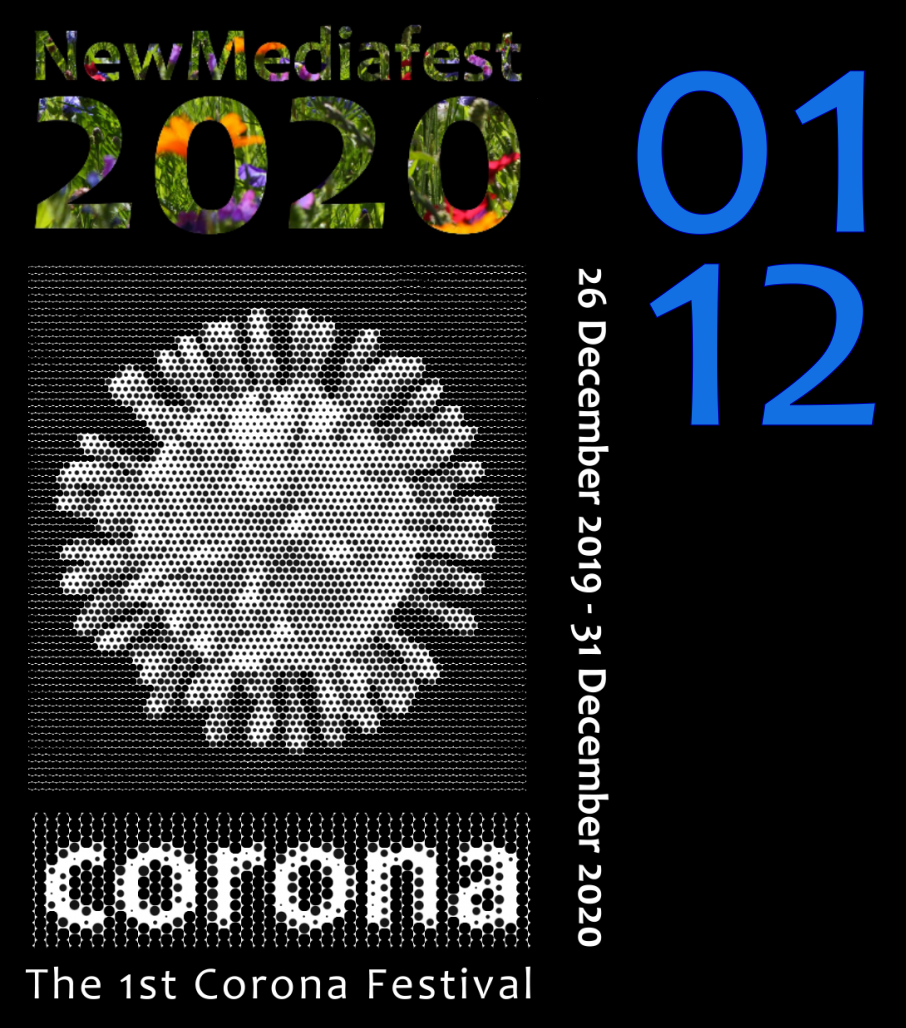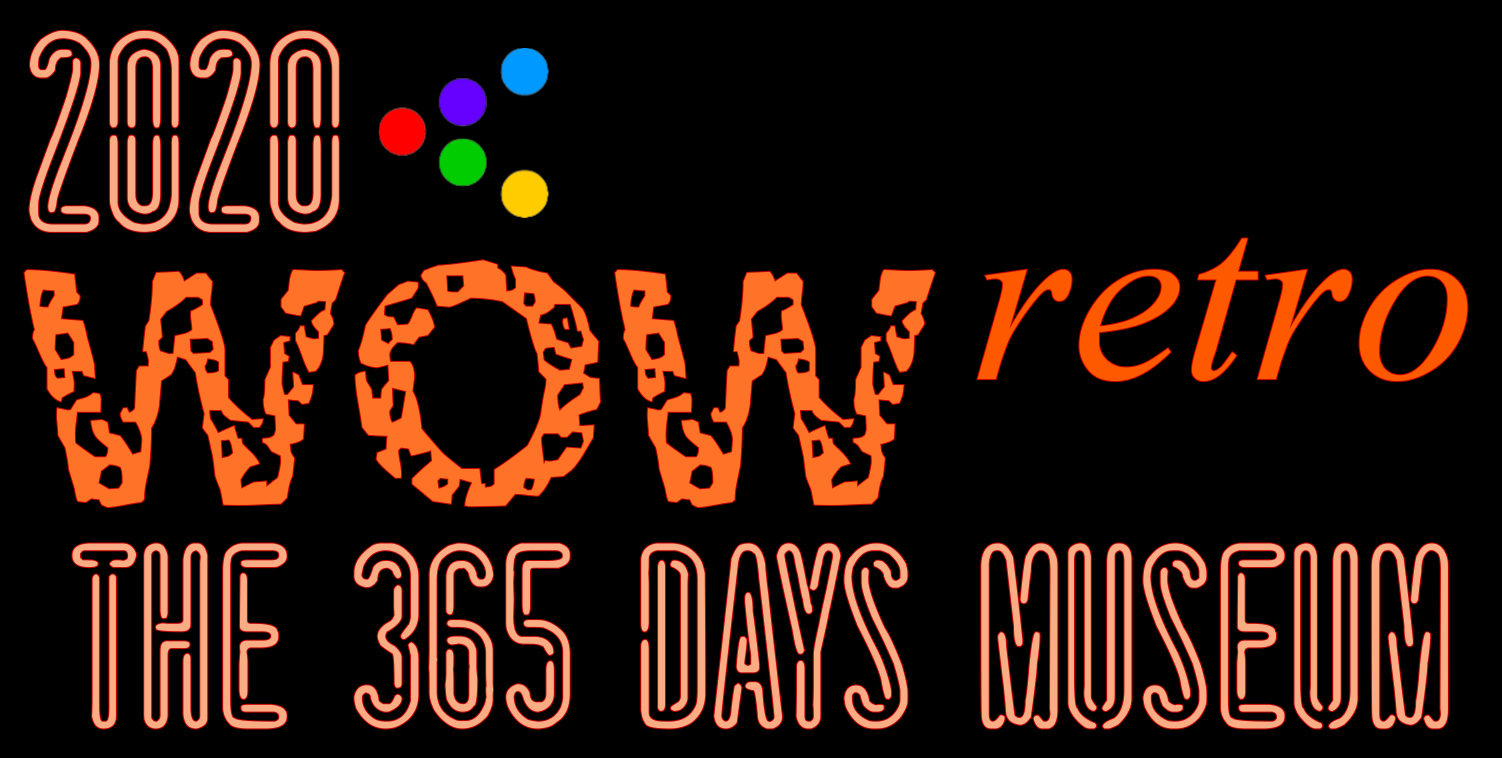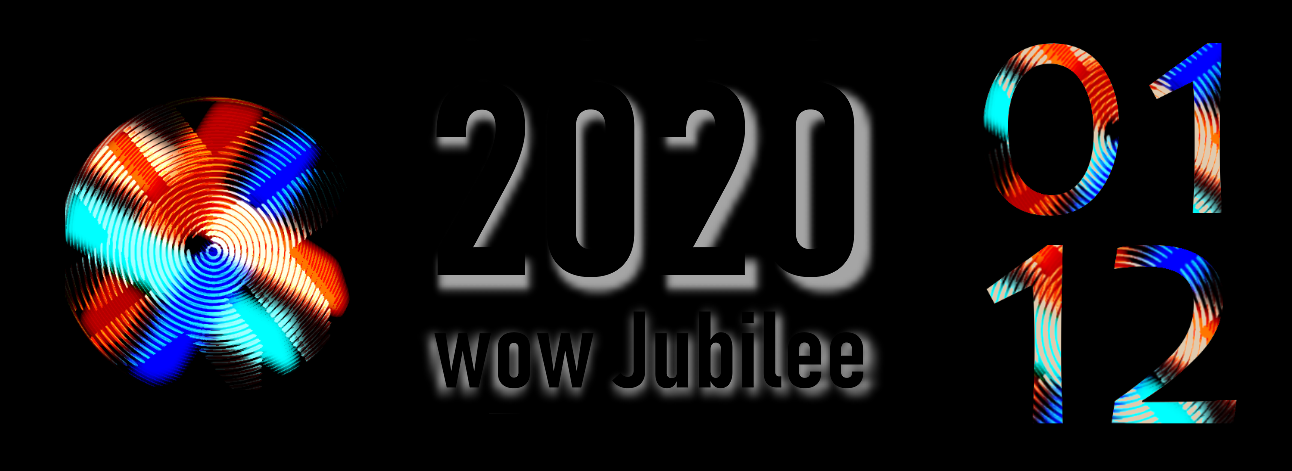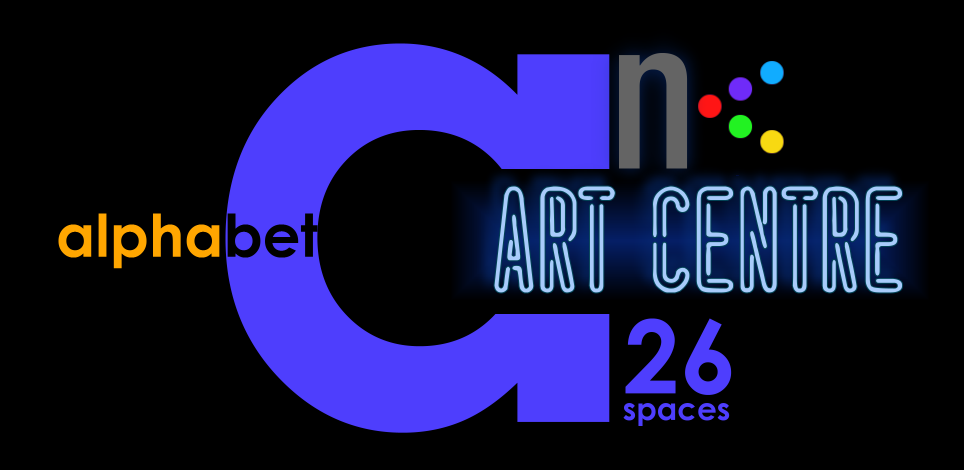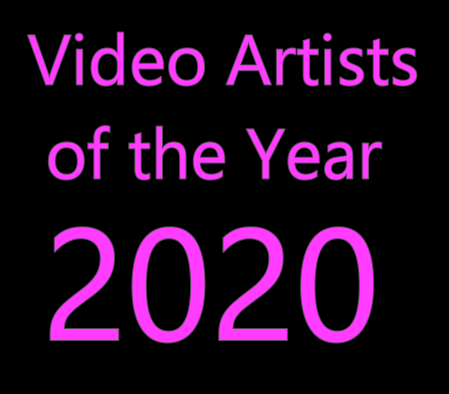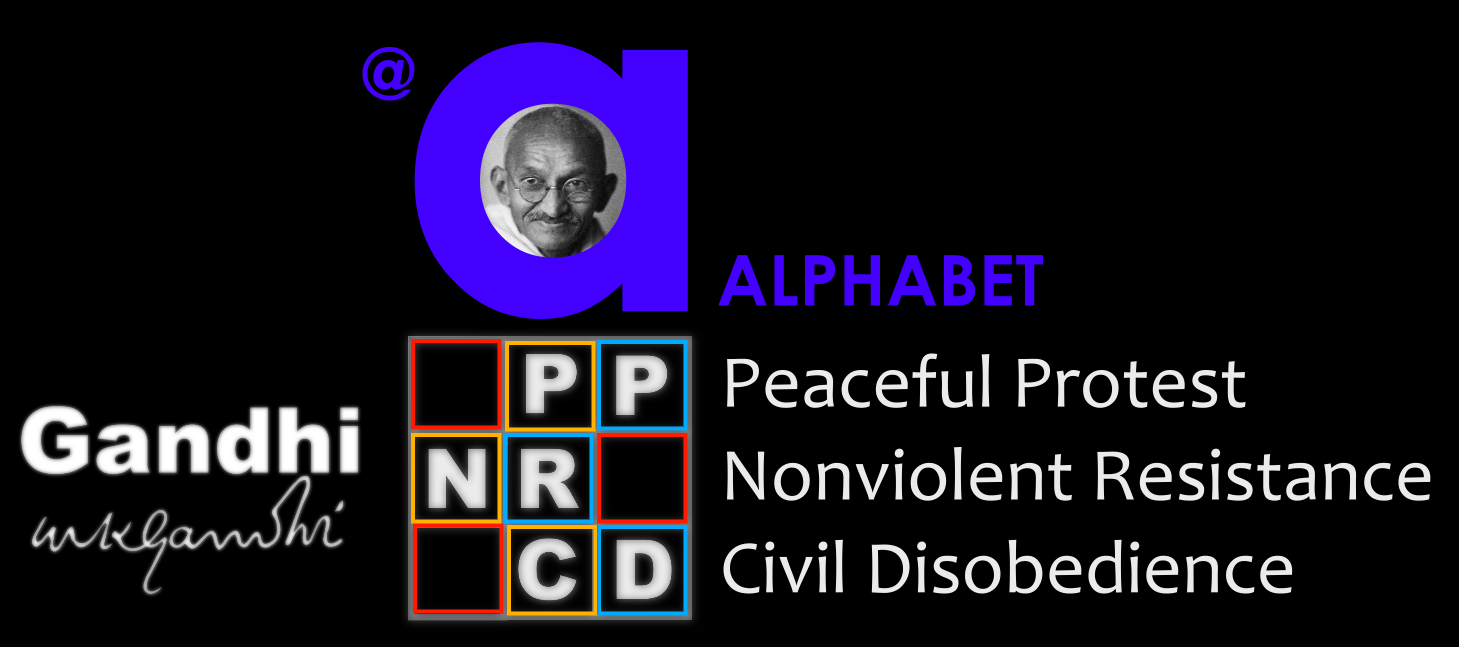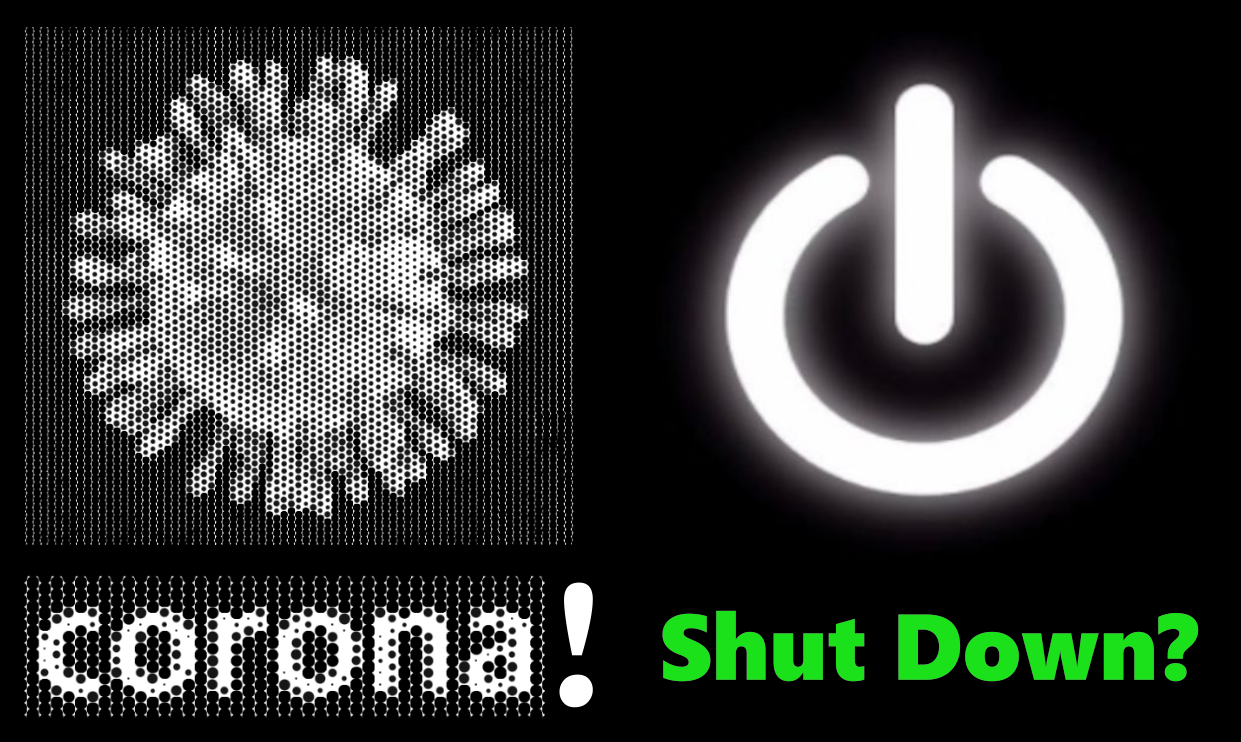About netart
On 14 January 2010, JavaMuseum – Forum for Internet Technology in Contemporary Art was already running it’s show “Celebrate” for the 4th day – celebrating 10 years JavaMuseum during the entire year of 2010. Founded in 2000 as the 1st virtual museum of virtual art, JavaMuseum was featuring during the year nearly each day another netart work, so that at the end of 2010 a kind of Who Is Who in Netart was the result, including 102 netartists. Diffently than the shows before 2007, JavaMuseum did not use Flash for creating the online interface, but the “blog” technology by WORDPRESS, which allows to interact online without installing a specific plug-in.
The ”Celebrate” show – embedded in another show NewMediaFest 2010, which was starting already on 1 January 2010, releasing daily features in different digital media – made a crital view on the widely underestimated genre of Internet based art, for which never a binding definition had been searched and found. Ttherefore a kind of Babylonian confusion exists what netart actually might represent, when nearly everything posted on the net is claiming to be netart.
10 Years JavaMuseum –
Forum for Internet Technology in Contemporary Art
This is an anniversary which really needs to be celebrated.10 years JavaMuseum – means 10 years of the development of an art genre which actually never became one, although people are continuously talking about, art schools and universities offer courses in netart, and netart is said by to be dead since so many years by so many people.
The interactivity, which is representing a basic component of netart – an art form which is using Internet based technology for creating art – was celebrated in the beginning of the new technologies in art as the future in contemporary art – but what is left during the years is no more than the dry statement: people do actually not want to become active themselves, but prefer to keep the passive position of a consumer.
In Internet, interactivity represents that fundamental component, at all, and does therefore also not represent anything extraordinary, while the connection between art and interactivity remains something extraordinary, nevertheless, since the traditional values of art and art perception are not valid anymore and replaced by new values, for instance the active involvement of an user., and an art work is defining itself via a process which can be influenced by the user.
Netart never became that popular because the pioneers in the genre started with ideals and perspectives connected to the Internet as a medium for creating art, which however never came true, i.e being able to use the Internet as an independent art medium for creating a typ of art which is self-organised and independent from the “commercially” controlled art scene.
When JavaMuseum started in 2000 and launched in 2001 its first global competition, all submitting artists had these ancient ideals in mind which nowadays are completely out of date, since the reality of the Internet, especially regarding art, did not follow these idelogical ideals, but was captured by the commerce on one hand, and in concern of art by some established art institutions taking fundamental, but de-encouraging influence.
Netart had its real high time in 2004 with a really extensive art production worldwide, while afterwards a dramatic decline could be observed.
It became obvious, that the artists generations using netart did not longer last than 3, maximum 5 years, when most artists either changed the medium or the profession and were in any case no longer or only occasionally active in netart. The idealistic ideas of independence came to its limits quite fast, since netart could not be used commercially like the traditional art forms, and artists could not make their living by creating netart, and therefore also no market for netart developed, the questions of authorship and copyrights are also quite complicated, since there does not exist a global agreement between the countries regulating only the basic legal questions.
In this way, 2004 was also the high time of JavaMuseum and it was always the question, how to deal with netart in future – this art form which was never really explored by anybody for its entire potential until these days. Nobody explored the divers programming languages for their artistic potential, since an ideal would be an artist who is ingenious as an artist and a programmer, at the same time. But this actually represents a paradox, and just a handful people worldwide can be classified like that.
The years after 2004 until 2010 are still marked by an art production worldwide which can be classified rather as embarrassing, not concerning its quality, but the quantity of artists active in the field of netart and the realised substantial projects during a year.
The fact that the artists generations last mainly just a few years and that much time is needed for exploring programming languages and the Internet for an extended artistic potential caused, that the artistic productions have lost the label to be innovative. In a certain sense, the way how programming languages and software is used for artistic productions remains since years on a similiar level of the known, one can even speak of repeating, and nobody is taking the risk to explore the unknown in technology and contents transformed via technology into something exciting new.
Nevertheless, the chances are always given, that new technology is used for creating something new and probably also spectacular, and therefore JavaMuseum is looking continuously for the new talents which give netart new inspiration and a new direction probably.
The 10th anniversary project “Celebrate!” want to celebrate netart and share it with the online users via the daily journal of a blog. During one year new and older projects, younger and older artists will be featured, so that at the end of the year, a kind of who is who in netart can be reviewed like a living book.
“Celebrate!” is planned and developed by Wilfried Agricola de Cologne, chief curator and director of JavaMuseum.
All artists
001.Lederman, Russet – 002.Perrin, Natalie – 003.Qohtaiwoo – 004.Andre Sier – 005.Rebecca Young – 006.Ida Julsen – 007.Erika Lincoln – 008.José Vieira – 009.Michael Cousin – 010.Adam Trowbridge – 011.xname – 012.Ubermorgen.com – 013.Marcello Mercado – 014.Isabel Aranda Yto – 015.Carmen Olmo – 016.Jeremy Hight – 017.Alan Bigelow – 018.Mark Cypher – 019.Aleksandar Janicijevic – 020.Chris Basmajian – 021.Jing Zhou – 022.Grégoire Zabé – 023.Marc Lee – 024.Timo Kahlen – 025.Curt Cloninger – 026.Susanne Berkenheger – 027.Jurgen Trautwein aka jtwine – 028.Carlo Sansolo – 029.Reginald Brooks – 030.York Is Us Collective – 031.AND-OR and Johannes Auer – 032.Osvaldo Cibils – 033.KPHB – Philippe Bruneau – 034.Ian Flitman – 035.Katty Vandenberghe – 036.Ethan Ham/Benjamin Rosenbaum – 037. Adele Prince – 038.Jihyun Ahn – 039.Lily & Honglei – 040.Christophe Bruchansky – 041.Henri Gwiazda – 042.Michael Takeo Magruder – 043. Julian Konczak – 044.Santo File – 045.J.R.Carpenter – 046.DLSAN – 047.MEZ – Mary Anne Breeze – 048.80/81 – 049.Gaya Gajewska – – 050.Pat Badani – 051.Tirso Orive Liarte – 052.Jane Crayton – 053.Simon Fildes & Katrina McPherson – 054.Andrea Polli – 055.Indira Montoya – 056.Gregory Chatonsky – 057.Myriam Thyes – 058.Tomas Rawski – 059.ui uuii – 060.Evelin Stermitz – 061.David Boardman & Paolo Gerbaudo – 062.Tamar Schori & Oded Perry – 063.Calin Man – 064.Lisa Cianci – 065.Nanette Wylde – 066.Dawid Marcinkowski – 067.Greg Giannis – 068.Constant Dullaart – 069.Mike Ruiz – 070.Videored Collective – 071.Sean Hovendick – 072.Roberto Echen – 073.Nicole Stenger – 074.Ayman Alazraq – 075.Doron Golan – 076.Westbrook/Trowbridge – 077.Michiel Koelink – 078.Dida Papalexandrou – 079.Hyeseung Yoo – 080.David Morneau – 081.E.W.Walters – 082.P. J. Moskal – 083.Ana Carvalho- 84.Ximena Alarcón – 085.Mark Beasley – 086.James B. Pollack – 087.Panayiotis Payiatis – 088.Miriam Needoba – 089.Roderick Coover – 090.Agam Andreas – 091.Gonzalo Cueto – 092.Stefan Baltensberger – 093.Matias Giulani – 094.Ernesto Rios Lanz – 095.Aaron Oldenburg – 096.Matthieu Cherubini – 097.Volkslesen.tv – 098.Andrei Thomaz & Martin Heuser – 099.Yota Morimoto – 100.Aleksandar Janicijevic – 101.Vesna Srnic – 102.David Colagiovanni
To any netart art show belongs that ater a while a lot of deadlinks can be found, indicating that the work has been removed from the net, got a new URL or the artist does not exist any longer. So dead link represent y a typical, even not wanted phenomenon.




